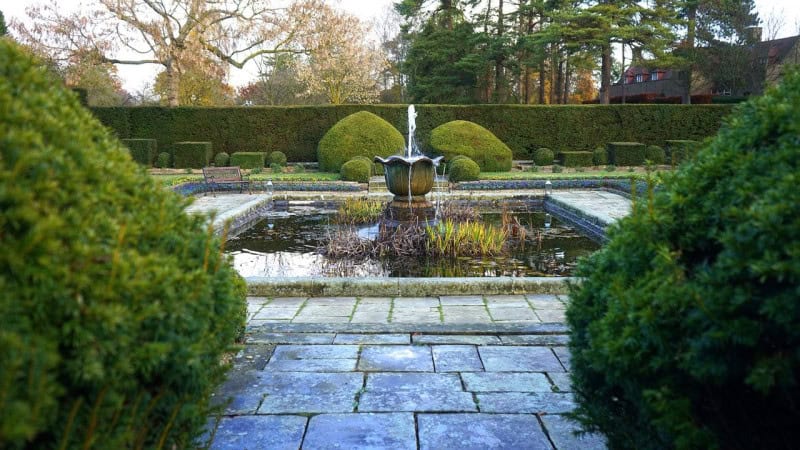How to Choose Water Fountain Pump Replacement?
It is essential to select the right fountain during replacement to ensure a smooth optimal flow of water. A too-large outdoor fountain pump makes the water splash out of the fountain, and if too little flows, and the water cannot reach the fountain’s top. We make some suggestions for the fountain pump size below.
Make Sure You Need a Replacement
Always troubleshoot the problems before considering a water fountain pump replacement. It could be fixable issues like clogging or issues with the power cord. Try plugging the pump into another power outlet to make sure the power source is not the problem. If an impeller is sticking, you can first try to plug, unplug, plug, and unplug a few times to see if the problem is fixed. If the pump still does not work, you might merely need a new impeller. We have created a video here on how to remove an impeller for most fountain pumps.
Selecting a Fountain Pump
To select a water fountain pump replacement for an outdoor fountain pump, first, decide the one you need, whether standard submersible or in-line (out of water). The next thing you need to know is how high the water must go from the surface of the water feature’s basin to the filial (the highest point of the fountain).
Tabletop
They are the smallest fountains that sit on tables. The flow rate is usually about 35-80 gallons per hour (GPH), and the pumping height is typically between one inch to sixteen inches. Again, if you buy too large of a pump, there could be a splash.
Small Fountains
They are slightly larger than tabletop fountains. The pumping height is approximately 1-3 feet in height, and the flow rate is typically between 70 and 170 GPH.
Medium Fountains
The pumping height can be anywhere from 1 foot to 5 feet and the flow rate is typically between 150 and 300 GPH.
Large Fountains
They are the largest fountains supporting a pumping height of 7-ft, sometimes as high as 15 feet, and a flow rate of 300 to 2500 GPH.
Besides these sizes, the following are the factors to consider when choosing a pump:
Water Volume
Larger water volumes require large pumps. Find out the volume of a pond in gallons by multiplying the width feet by length feet by average depth feet by 7.5. If the result is 300 gallons and requires a two-hour interval water circulation, a pump with a 150GPH flow rate is appropriate.
Water Type
The flow rate depends on the function. Waterfalls and those with skimmers require circulation at the one-hour interval. Ponds with fish should circulate every hour while those without circulate every two hours. Small water bodies about 250 gallons should allow water circulation once an hour, while the larger require circulation half the rate of the smaller ones.
Height
Fountains requiring high water pressure need more robust pumps. Pumps have head heights that help in determining their suitability. The vertical height in which water will travel and 1/10 of horizontal distance from the pump determine the minimum head height.
Discharge Diameter
The tubing size and the discharge diameter should match to ensure an accurate flow rate.
Water Function
Aeration is necessary for water housing fish and other animals. Larger pumps enhance water circulation, which promotes filtration and ventilation. More fish survive in ponds with large pumps.
Replacement fountain pump selection may be intimidating, mainly because the fountain comes with the pump during the original purchase. To select a replacement for an outdoor fountain pump, first, decide the one you need. Whether standard submersible, in-line cable, or low water shut-off pumps. A little research may reduce the struggle of getting the right item.


